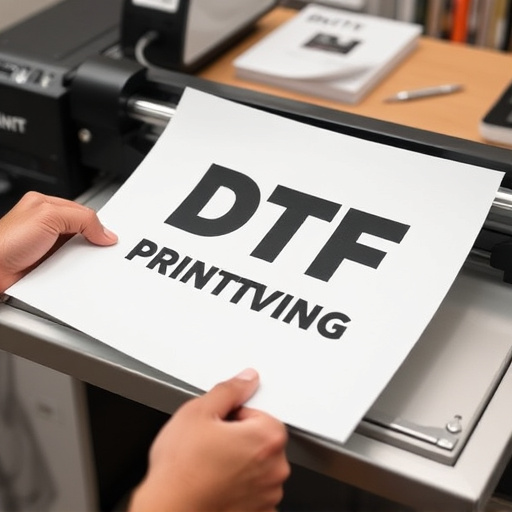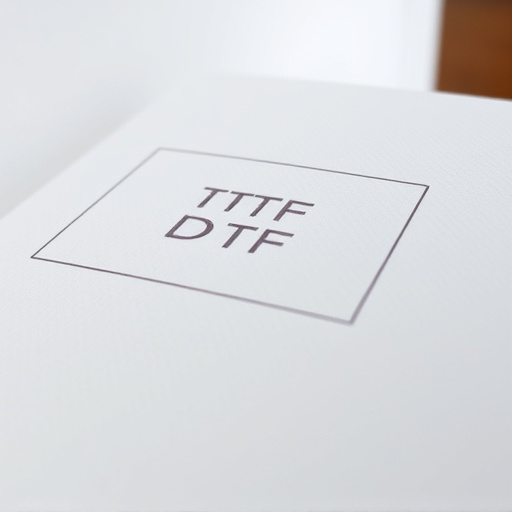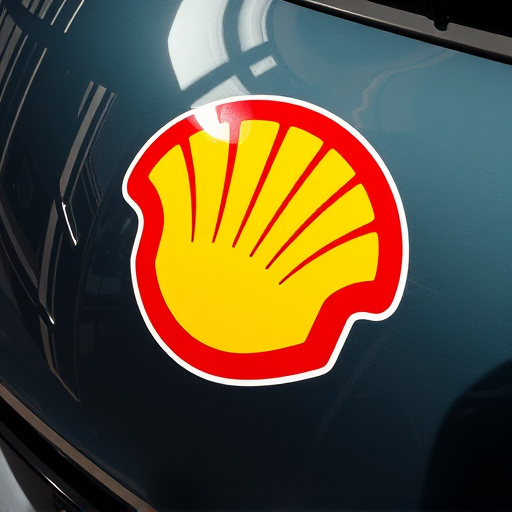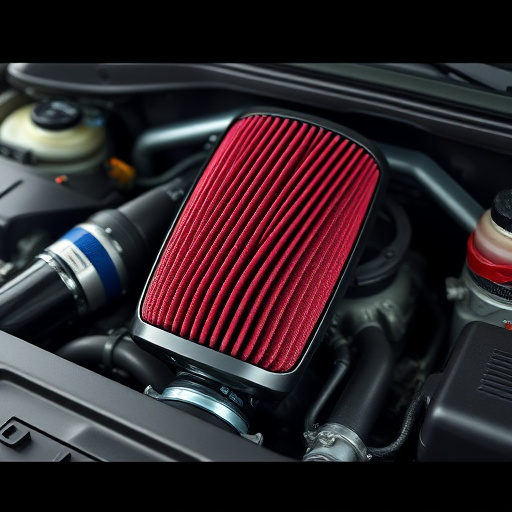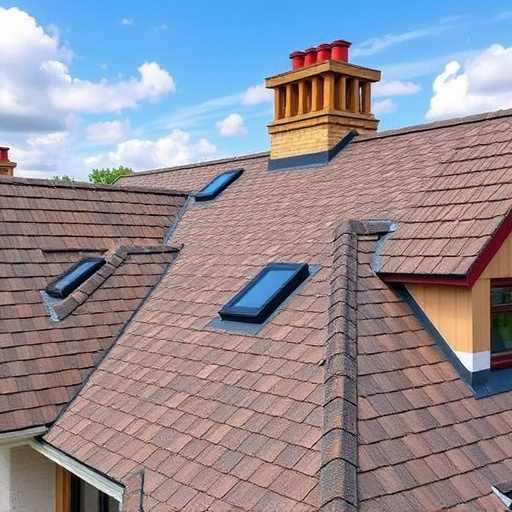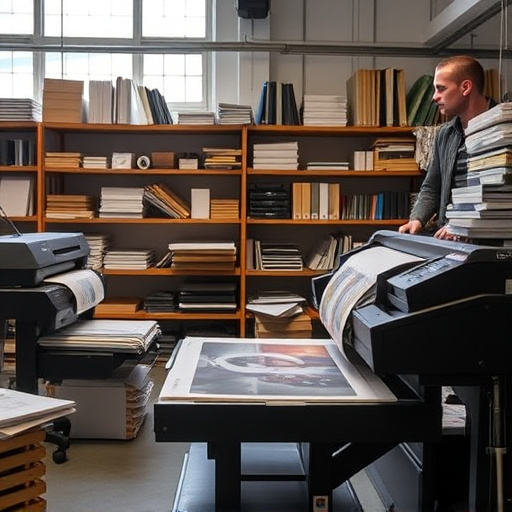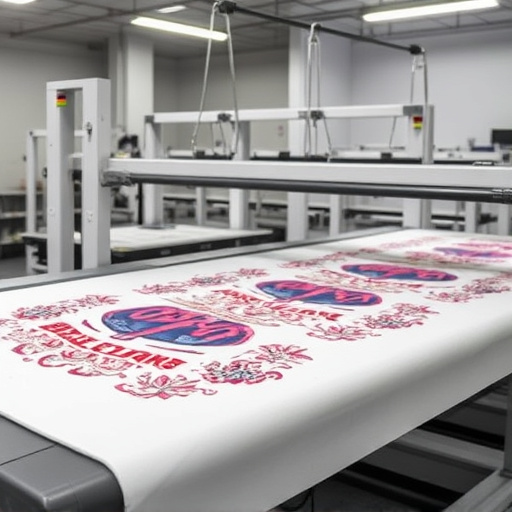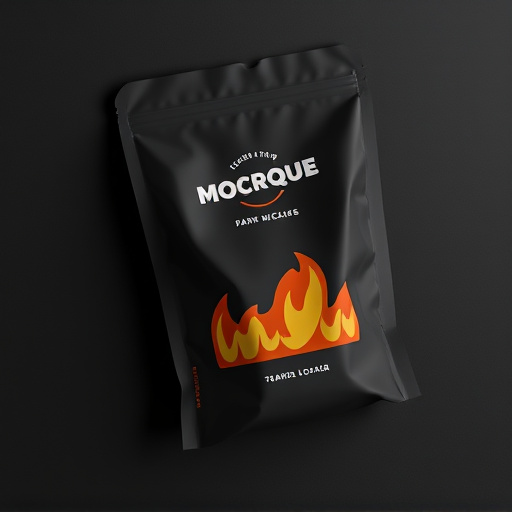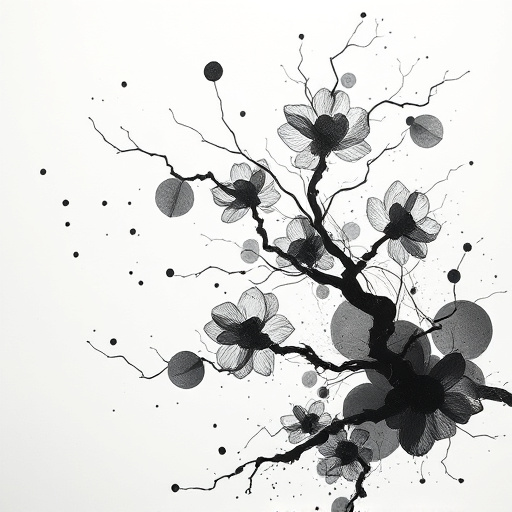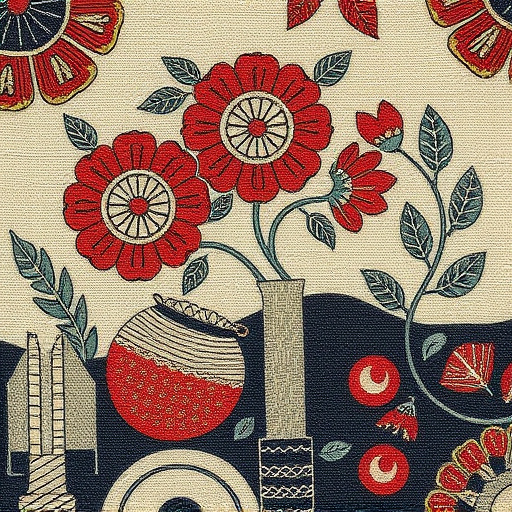DTF Durability revolutionizes textile printing by enabling custom, high-quality prints on various fabrics that withstand rigorous washing. Quality, material choices, and post-printing care are key factors. Best practices include using optimal mesh settings, suitable cleaners for fabric pre-treatment, strategic design elements, and proper maintenance to maximize DTF transfer durability.
In the realm of design, ensuring longevity and durability is paramount, especially with innovative printing techniques like DTF (Direct to Film). This article delves into the intricacies of DTF durability, providing a comprehensive guide for designers. We explore the unique properties of DTF printing, unraveling the key factors influencing its lifespan. Moreover, we offer best practices to safeguard against wear and tear, enabling designers to create indelible, long-lasting designs that stand the test of time. Understanding DTF durability is crucial for any designer looking to make an impact.
- Understanding DTF Printing and Its Unique Properties
- Key Factors Affecting DTF Durability
- Best Practices for Ensuring Longevity in DTF Designs
Understanding DTF Printing and Its Unique Properties

Direct to fabric (DTF) printing is a cutting-edge technique that has revolutionized the textile industry, offering designers an efficient and versatile method for creating custom prints on various fabrics. This technology involves transferring ink directly onto the fabric’s surface, enabling intricate designs with vibrant colors and exceptional durability. DTF Durability stands out due to its ability to produce long-lasting, high-quality prints resistant to fading and damage.
The process begins by preparing the fabric, ensuring it’s clean and free from contaminants. Then, a special adhesive is applied, creating a temporary bond between the fabric and the print. Ink is precisely deposited onto this adhesive layer, allowing for detailed patterns and textures. Once dried, a cold peel process removes the protective backing, revealing the printed design. This method, known for its speed and precision, results in DTF printing that can withstand rigorous washing and handling, making it ideal for garments, accessories, and more. Additionally, the ability to create custom cold peel DTF transfers offers designers endless possibilities for unique, durable designs on a variety of fabric types.
Key Factors Affecting DTF Durability
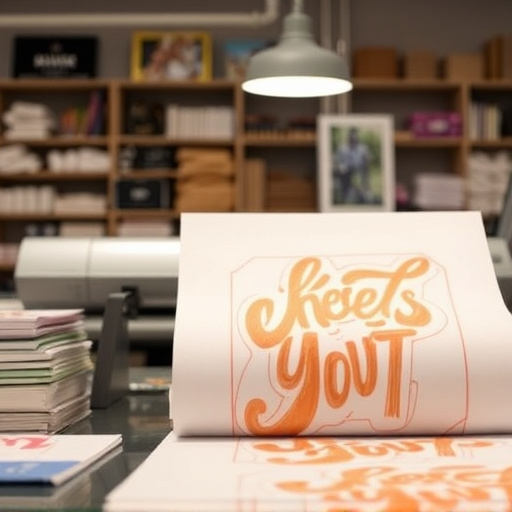
The durability of DTF (Direct to Film) prints is influenced by several key factors that every designer should be aware of. One of the primary considerations is the quality of the printing process and the materials used. High-resolution images, precise color accuracy, and robust inks are essential for long-lasting results. The type of fabric also plays a significant role; natural fibers like cotton tend to breathe, allowing ink to set properly, while synthetic fabrics may require specific coatings or treatments to enhance DTF durability.
Additionally, the care and handling of the printed items are crucial. Exposure to sunlight, harsh chemicals, and frequent washing can degrade the vibrancy and integrity of the print over time. For personalized items like hoodies, proper printing techniques, including precise registration and adequate laminating or coating, significantly enhance DTF transfer durability. Heat press settings should also be optimized to prevent smudging or fading without compromising the fabric’s comfort and quality.
Best Practices for Ensuring Longevity in DTF Designs
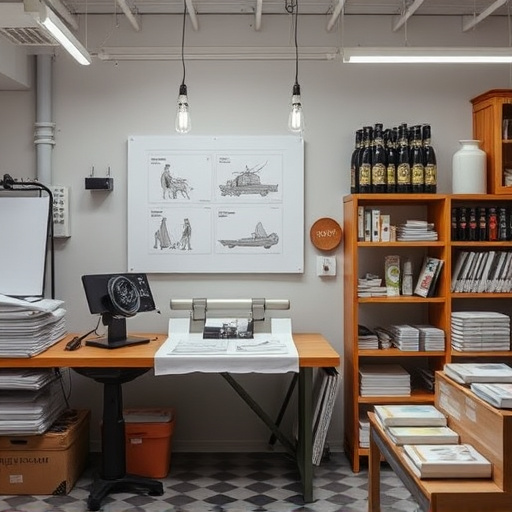
To maximize DTF Durability in designs, designers should adhere to best practices that focus on both material selection and printing techniques. Using high-quality DTF heat transfer paper and compatible inks is crucial for ensuring longevity. The choice of appropriate mesh settings and proper print pressure during application significantly impacts durability. Additionally, pre-treating fabrics with suitable cleaners or primers can enhance adhesion and resistance to fading or cracking over time.
Beyond material considerations, strategic design elements play a vital role. Avoiding dense, intricate patterns that might trap ink and lead to premature deterioration is recommended. Instead, opt for well-spaced, crisp designs that allow for better air circulation around the printed area. For direct to film personalized hoodies or similar products, regular maintenance like washing according to care instructions and avoiding harsh chemicals or excessive heat also contribute to prolonging DTF durability.
DTF (Direct-to-Film) printing offers a unique and versatile approach to design, but ensuring its durability is essential for long-lasting applications. By understanding the key factors affecting DTF durability, such as ink quality, substrate selection, and environmental conditions, designers can implement best practices to create enduring designs. Regular cleaning, proper storage, and adhering to recommended print settings are simple yet effective strategies to enhance DTF Durability. Armed with this knowledge, designers can push the boundaries of what’s possible with DTF while guaranteeing their creations stand the test of time.


